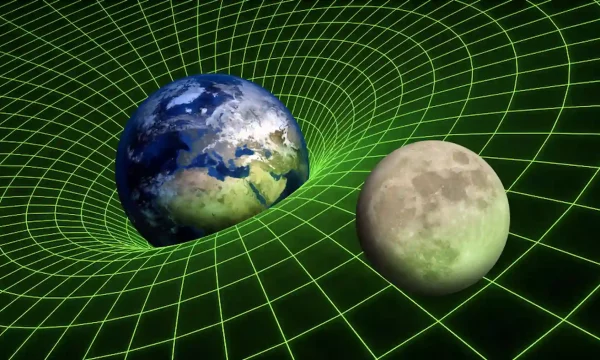
Is There Gravity in Space?
Last Updated: November 9, 2023
Gravity is the attractional force that an object with mass has on another object of mass. Every object that has mass has a gravitational impact on other objects around it. The bigger the object, the greater the gravitational force it has. Bigger objects will have a stronger effect for a greater distance, pulling in smaller objects.
What we typically think of as gravity is what keeps us here on the Earth, what pulls a dropped object to the ground. That is the gravitational attraction of the Earth pulling everything toward its core. The normal force is what we call the contact force acting upon objects that are physically associated with each other, and is the opposing force to gravity.
When we are standing, Earth’s gravity pulls our body towards the ground, but the normal force pushes upward against our feet, helping us to perceive gravity as weight. We are adapted to Earth’s gravitational force so we don’t often notice it unless we are out of shape/ our muscles are underutilized, meaning our muscles have to work hard to counteract it.
What about gravity in space?
As stated earlier, any object with mass has a gravitational effect on other objects of mass around it, and this applies to objects in space as well. Smaller objects can be caught in orbit around larger objects because they are in freefall around the object.
An object in orbit is away from the more massive object enough and is constantly moving enough not to be pulled in, but not fast enough to overcome the larger object’s gravitational force. Just as the Sun holds everything in the solar system in orbit around it, the Earth has a gravitational impact on objects in space around it like the Moon and both natural and artificial satellites.
Our astronauts may be in space, but they have never left the gravitational influence of the Earth since even our furthest-seeking astronauts on the Moon were in orbit around the Earth and also experience the gravity of the Moon.
Astronauts on the International Space Station actually experience 90% of the gravity we do on Earth, but they are in freefall/ orbit around the Earth, which provides weightlessness, the state of being without apparent weight.
In contrast, Zero gravity is when you are in an environment where nothing impacts you with its gravitational force. You are not close enough to be pulled into something or all the mass around was perfectly equal, canceling out gravitational forces.
Gravity is weaker in empty space but since there are tiny particles dispersed throughout space, they still provide tiny gravitational forces. Essentially, zero gravity is a misnomer. Reduced levels of gravity or microgravity is a more accurate term.
Back to our original question is there gravity in space? This is highly dependent on what you classify as “in space”. Depending on where you are in space, you will be acted upon by stronger and weaker gravitational forces.
Scenario 1: In space… on another world
If you are on a planet, you will experience that planet’s level of gravity determined by its mass and the same goes for moons and asteroids. These locations are typically called reduced-gravity environments, as they are often low compared to ours, making it easier to float away if you aren’t tethered.
However, a more massive body than Earth would provide a stronger gravitational force than ours, making it difficult to walk and generally function. In our solar system, the planets larger than ours are gas giants meaning we can’t walk on them.
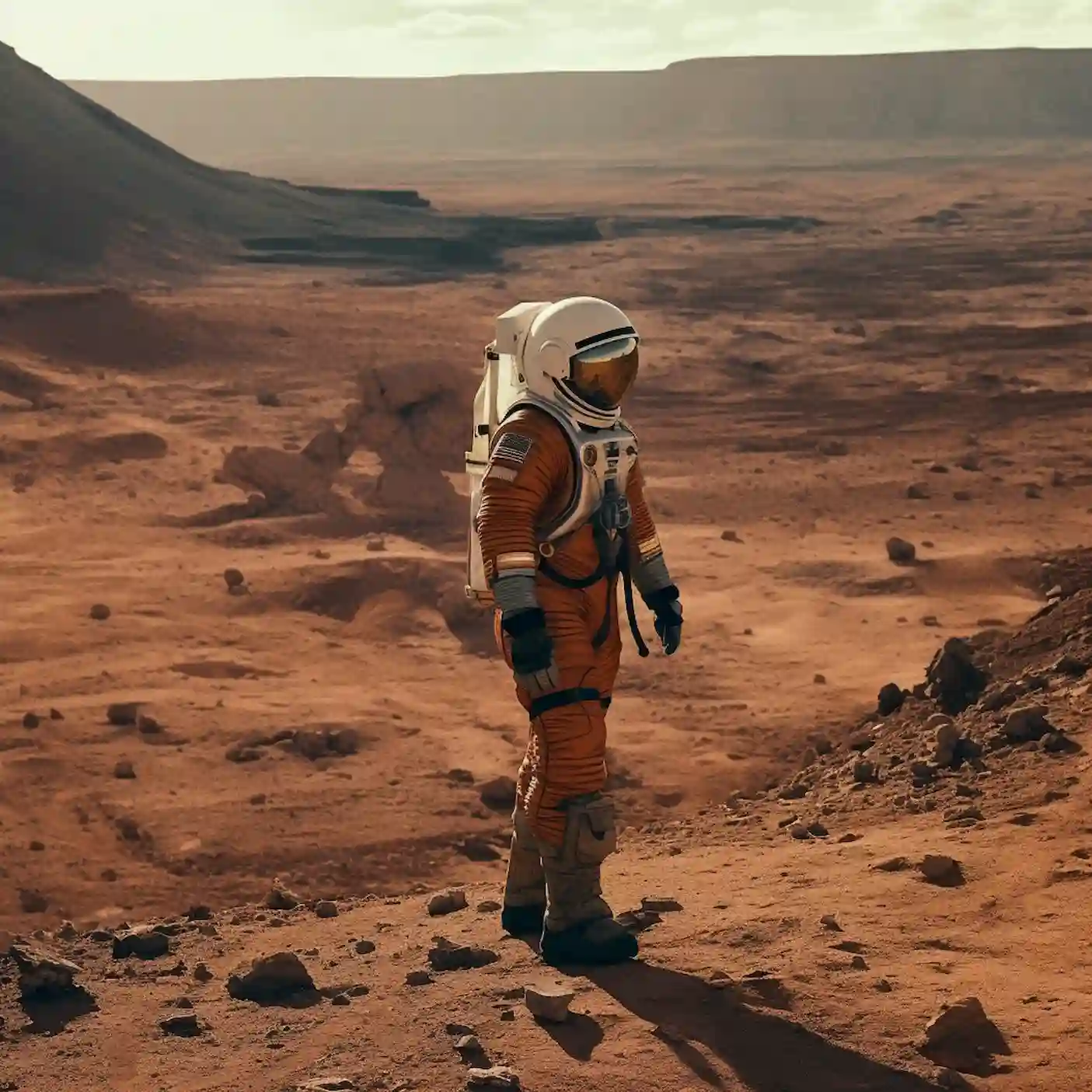
Scenario 2: In space… in orbit
If you are in orbit around a body, you will be in freefall and therefore weightless with effects analogous with actual zero-g though you are technically in microgravity as we discussed earlier.
Astronauts train here on Earth to be able to live and work in a weightless environment, including odd situations like showering and keeping the space station clean in microgravity.
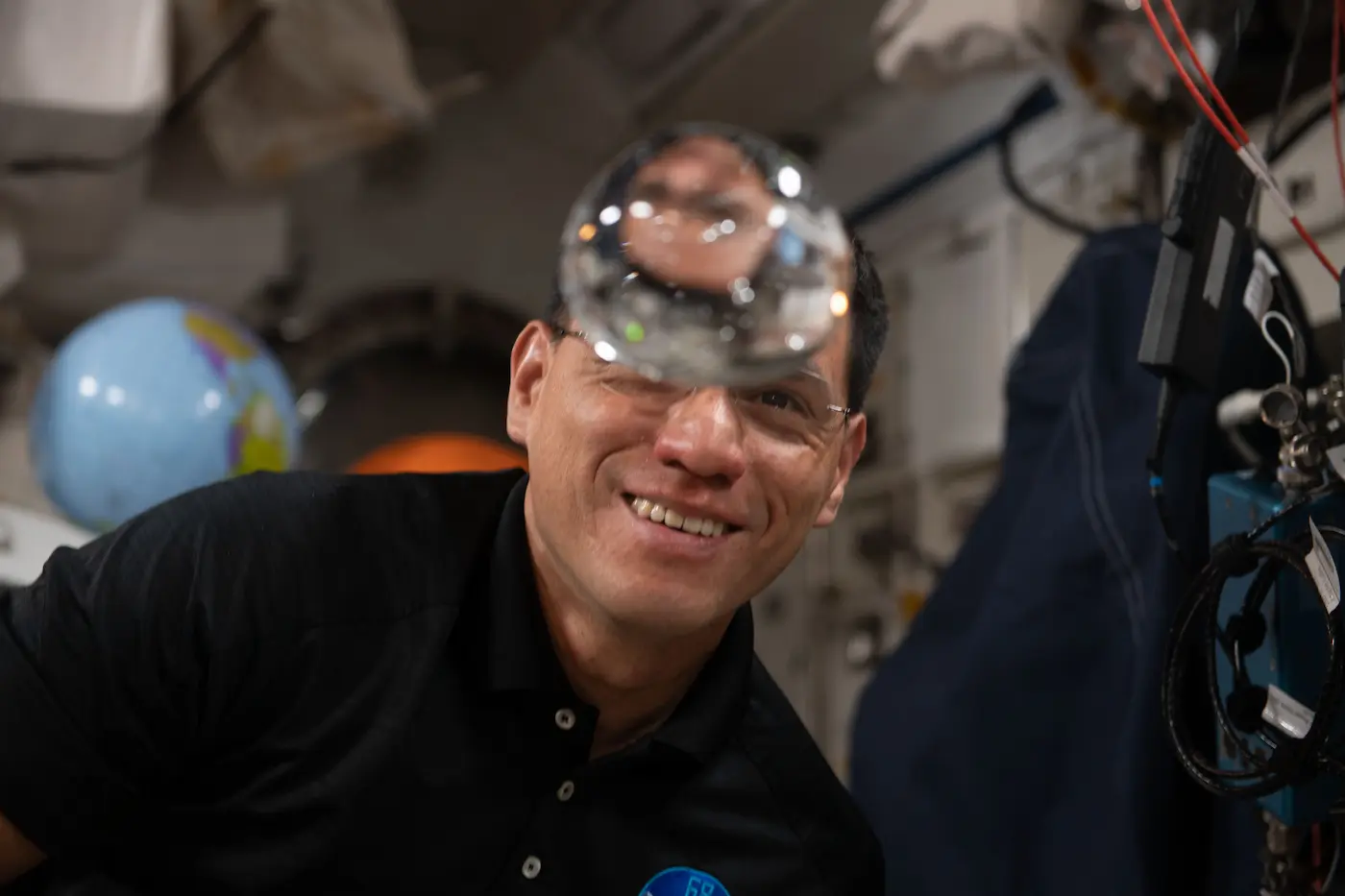
Scenario 3: In space… traveling
If you are traveling through space, it depends on how fast you are traveling. Think of being in a car, train, or airplane. When you are accelerating, you are pushed back against your seat. When you are decelerating, you are pushed forward in your seat. Both of these are done in various degrees depending on how big the change in speed is and often at multiple gs, as in feeling the effects of increased gravitational pressure.
Astronauts typically experience about 3-4gs during a rocket launch or re-entry, meaning they feel three to four times the gravitational pressure we do here on Earth. This is partially or even mostly due to the resistance of the atmosphere, especially here on Earth, but it is also due to overcoming Earth’s gravitational force.
When you are traveling at a constant or near-constant speed, you don’t feel like you are moving. When you are launched into space, you accelerate fast enough to break free of Earth’s gravitational pull. Once you do, it is similar to driving in a car on the highway, but since you’re far enough away from Earth, its gravitational pull is significantly weakened and you are weightless in a reduced gravity environment.
You can simulate gravity using centrifugal motion, i.e. a spinning spacecraft around a central structure. We are still determining the cost/ benefit analysis of this solution over being in microgravity for a long space journey.
Scenario 4: In space… stranded
If you are stranded in space such as if your spacecraft breaks down en route to Mars, you would still be affected by the planets’ gravitational influences, but the exact effects would be dependant on exactly how close you were to each.
In much of the empty space in between, you will be weightless, but as you approach the planet, its gravitational attraction on you will increase, requiring countermeasures like firing reverse thrusters to stop your spacecraft from crashing into it.
It’s also important to remember that if your fuel simply runs out, you will continue traveling in the direction you were before at approximately the same speed until you hit something or the molecules of space slowly decelerate you over the eons of time. So in this scenario, the ship would eventually end up at its destination… and crash into it.
If something more drastic happened to your ship like a fuel tank explodes, this will affect your direction and speed. If it was a strong enough explosion, it might increase your gs for a short period. However, in both these situations, your gravity would primarily remain the same as when you were traveling in space (unless you had artificial gravity and lost it due to the accident).
If you accidentally floated away from your spacecraft, you would be weightless. Over time, you would be pulled toward the source of the largest gravitational influence such as toward Mars, but this would be done slowly. You wouldn’t see the changes in the stars or the size of the planets.
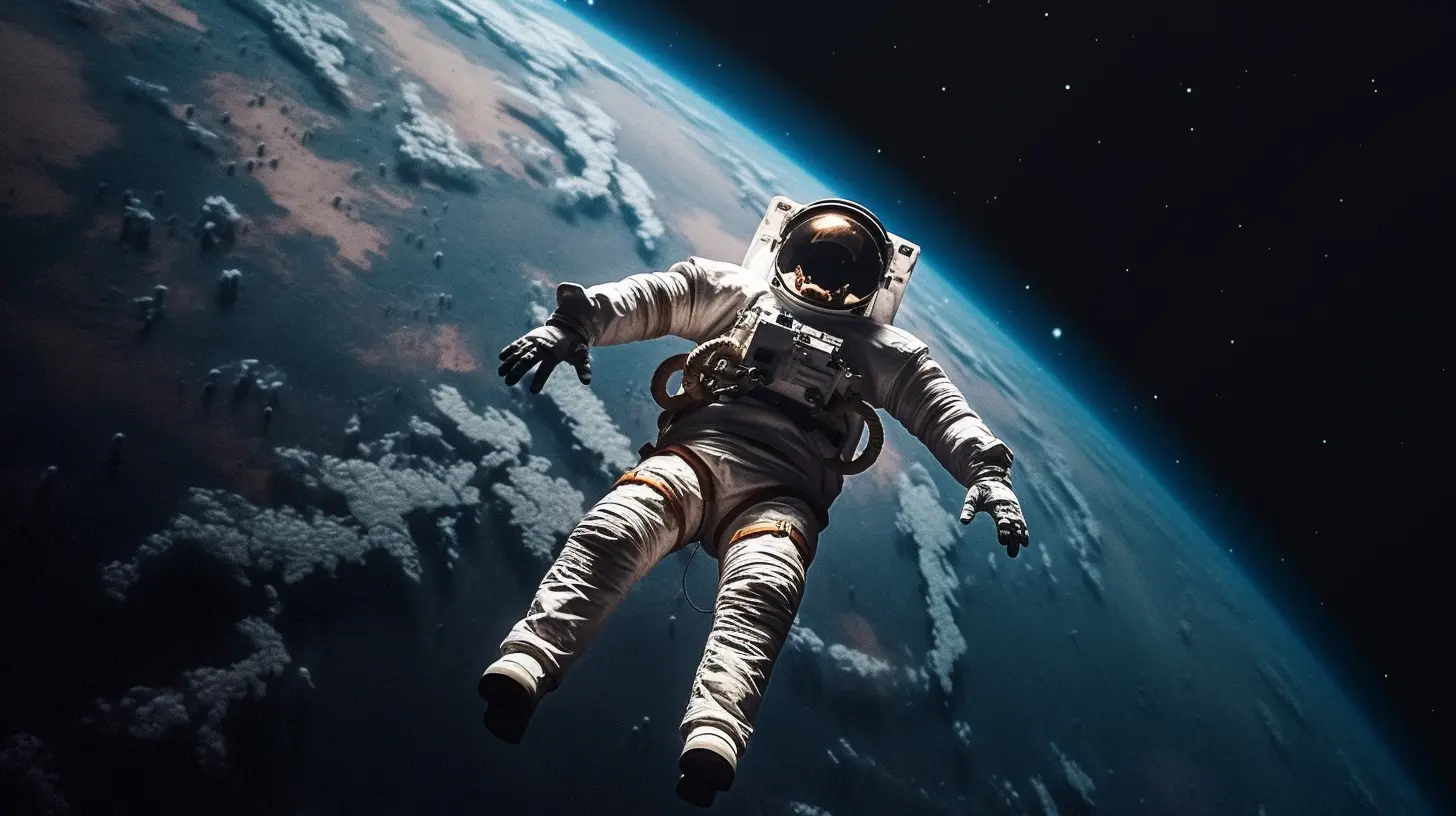
If you are thrown out away from your ship, you have bigger problems to worry about than whether or not you are technically in zero-g or not. If you are stranded on a broken spaceship between Earth and Mars, you again have bigger issues than worrying about if you are experiencing gravity or not.
However, in general, you would experience reduced gravity with likely weightlessness due to being far enough away from gravitational sources.
Conclusion
Even in vast regions of empty space, there is still technically gravity from tiny particles, but they will be negligible even on other particles, much less you. This means that even in “empty” space you will never be in true zero gravity.
However, whether it is due to freefall or other weightlessness environments, you will likely be in a reduced gravity or microgravity environment to some degree, often to the point it is essentially a zero-g environment unless you are accelerating or decelerating, launching or landing/ experience re-entry.
If you are interested in learning more about living in space, feel free to check out our other astronaut articles on a variety of topics including what happens if you take your helmet off in space, bleeding in space, training for weightlessness, and the science of weightlessness.

Sarah Hoffschwelle is a freelance writer who covers a combination of topics including astronomy, general science and STEM, self-development, art, and societal commentary. In the past, Sarah worked in educational nonprofits providing free-choice learning experiences for audiences ages 2-99. As a lifelong space nerd, she loves sharing the universe with others through her words. She currently writes on Medium at https://medium.com/@sarah-marie and authors self-help and children’s books.
Wow! There's more to read 🚀
This page is part of our collection of astronomy articles. If you enjoyed the read, then you’ll love the following articles.
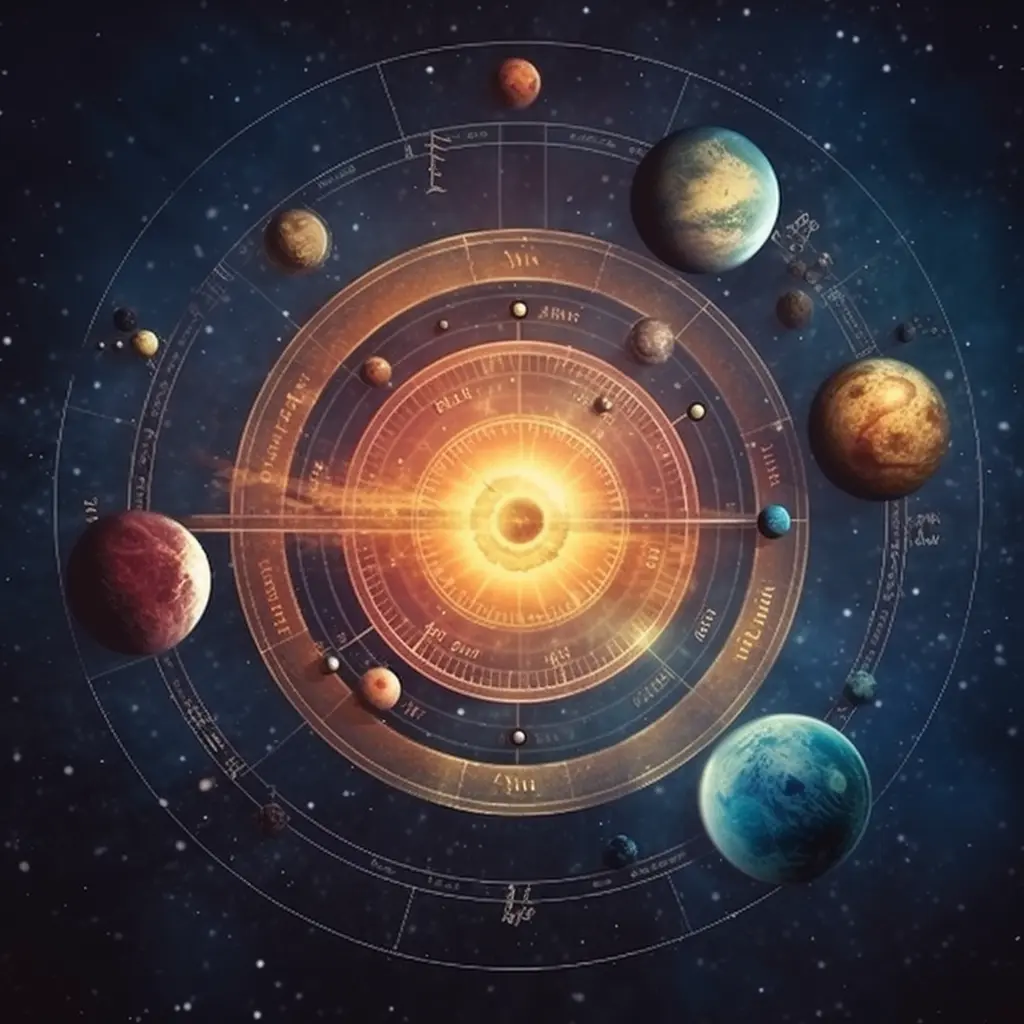
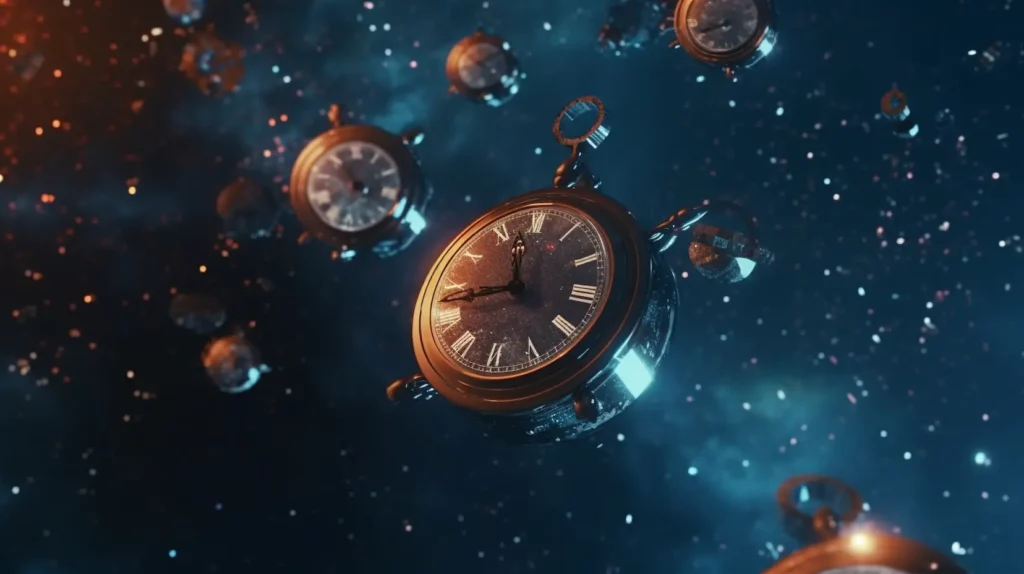

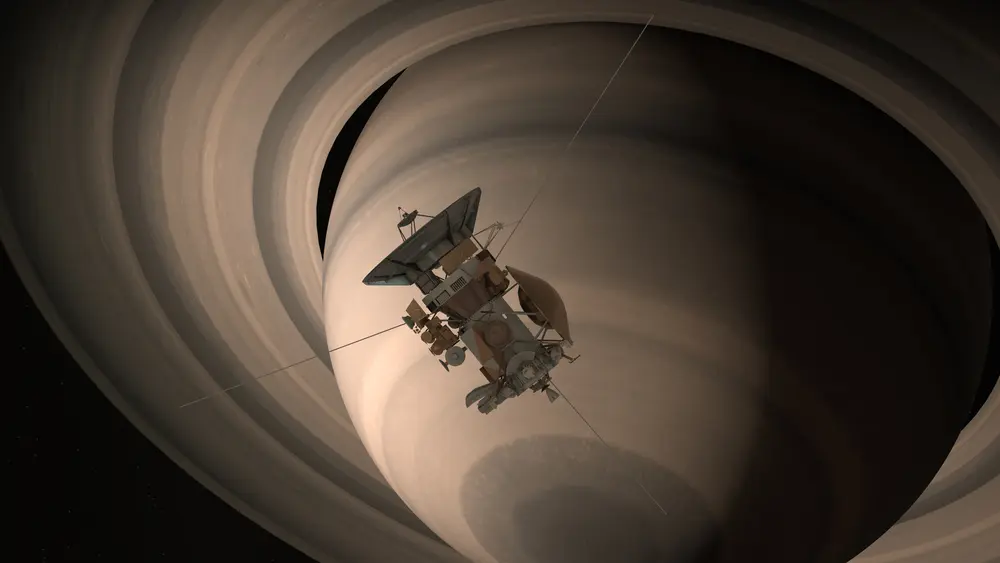
From Earth to Saturn: An intriguing journey exploring the distance, time and logistics of interplanetary travel between Earth and the ringed planet.
